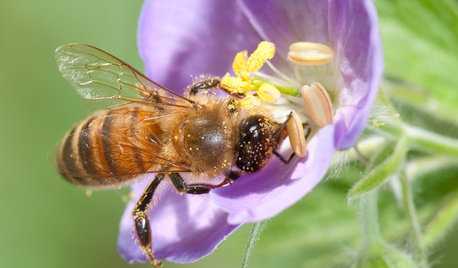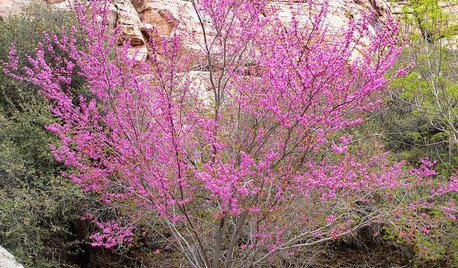Why do people get mad about non-native trees growing in the wild?
needinfo001
9 years ago
Featured Answer
Comments (16)
dbarron
9 years agolisanti07028
9 years agoRelated Professionals
Danbury Landscape Architects & Landscape Designers · Beachwood Landscape Architects & Landscape Designers · Fitchburg Landscape Architects & Landscape Designers · Willowick Landscape Architects & Landscape Designers · Jackson Landscape Contractors · McKinney Landscape Contractors · Lady Lake Landscape Contractors · Munster Landscape Contractors · Shoreview Landscape Contractors · Stallings Landscape Contractors · Yuba City Landscape Contractors · Markham Landscape Contractors · Champaign Decks, Patios & Outdoor Enclosures · Mastic Decks, Patios & Outdoor Enclosures · Decks, Patios & Outdoor Enclosuresdavidrt28 (zone 7)
9 years agoken_adrian Adrian MI cold Z5
9 years agoIris GW
9 years agosam_md
9 years agogreenthumbzdude
9 years agoedlincoln
9 years agowhaas_5a
9 years agobengz6westmd
9 years agowisconsitom
9 years agoedlincoln
9 years agoIris GW
9 years agoToronado3800 Zone 6 St Louis
9 years agodbarron
9 years ago
Related Stories

NATIVE PLANTSGreat Native Plant: Grow Wild Quinine for Its Unique Clusters of Blooms
Get connoisseur cred and unique blooms with this uncommon plant. Bonus assets: It’s low maintenance and drought tolerant
Full Story
HOUSEPLANTSHow to Grow Orchids Indoors
Orchids are the exotic aristocrats of the flower world and can make themselves comfortable in almost any home
Full Story
GARDENING GUIDES10 Top California Native Plants, Trees and Grasses
Enjoy a fuss-free, water-wise garden in the Golden State by growing plants naturally in tune with the climate and wildlife
Full Story
EDIBLE GARDENSHow to Grow 10 Favorite Fruit Trees at Home
Plant a mini orchard in fall, winter or early spring to enjoy fresh-off-the-tree fruit the following year
Full Story
GARDENING GUIDESGrow Your Own Privacy: How to Screen With Plants and Trees
Use living walls to lower your home and garden's exposure while boosting natural beauty in your landscape
Full Story
GARDENING FOR BUTTERFLIES3 Ways Native Plants Make Gardening So Much Better
You probably know about the lower maintenance. But native plants' other benefits go far beyond a little less watering and weeding
Full Story
NATIVE PLANTSGreat Design Plant: Wild Bergamot, Friend of Foragers
Nourish butterflies and other winged creatures with the tubular flowers of Monarda fistulosa, a pretty pink native
Full Story
GARDENING GUIDES10 Deer-Resistant Native Flowers to Plant This Fall
Learn about natives that embrace some kinds of wildlife but resist grazing deer
Full Story
GARDENING GUIDESGreat Design Plant: Wild Geranium Puts on a Color Show
Oodles of bright blossoms and an easygoing nature make this woodland plant a welcome addition to a shady garden
Full Story
GARDENING GUIDES10 Top Native Plants for Northern California Gardens
Enjoy a fuss-free, water-wise garden by growing plants naturally in tune with the climate and wildlife of Northern California
Full StoryMore Discussions









NHBabs z4b-5a NH